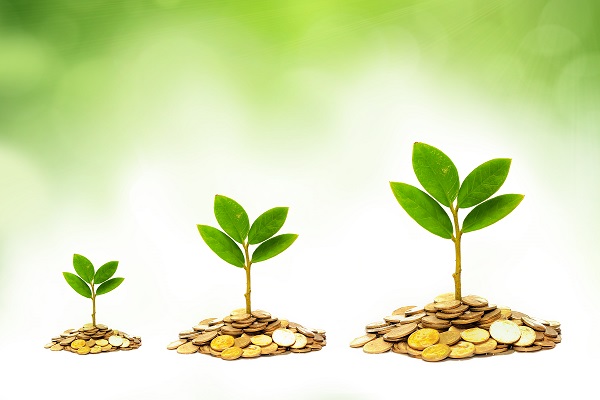There are two ways to trade carbon credits. One is market-driven, and the other is regulated. The market for voluntary carbon credits is becoming increasingly commodified. This is bearish for prices. This is primarily due to the decreasing level of specific information available about the project behind a given carbon credit.
Market-driven approach to carbon credit exchange
Carbon credits are traded in the voluntary carbon market, but they lack the liquidity necessary for efficient trading. There are many factors that affect their price, including the nature of the underlying project. This makes the matching process between buyers and sellers inefficient and time-consuming. This is where a market-driven approach can play a key role. By defining a standardized price for carbon, players can trade credits at a real market value.
Unlike carbon bonds, carbon credits are traded privately or over-the-counter. There are also emerging exchanges that facilitate the trading of carbon credits.
Regulation of the voluntary carbon market
While the voluntary carbon market is relatively small compared to the compliance market, it is expected to grow significantly in the coming years. It is expected to reach a value of between US$10 and US$25 billion by 2030, depending on how aggressively countries pursue their climate change goals. The voluntary market has also spawned many innovations in project finance, methodologies, and monitoring. Governments are increasingly using voluntary carbon markets to facilitate their climate action programs.
This market has great potential to reduce emissions, but it must be regulated to protect the environment. The government should ensure that the credits are of a high quality and that the prices are fair and transparent. The government should also create stronger standards and guidance to improve the integrity of carbon credits.
Cost of carbon credits
The cost of carbon credits can vary considerably. Many factors can affect the cost of a carbon credit, including the size, type, and location of the project. The price of carbon credits is also subject to market dynamics. As a result, the price may vary from one jurisdiction to another. However, the Gold Standard advocates that the price of carbon credits should resemble the social and economic value of carbon.
Carbon credits represent a tonne of CO2eq of emissions prevented or mitigated from entering the atmosphere. These credits are non-transferable and cannot be used by other individuals. They are also directly related to the price of the project. The price of carbon offsets depends on factors such as availability, location, and quality. In the case of renewable energy projects, the cost of carbon credits depends on the quality of the project and the supplier.
Cost of carbon offsets
Carbon offsets are a way to help reduce the effects of climate change and reduce your carbon footprint. These offsets are purchased to compensate for emissions from specific activities. For example, driving a gasoline-powered car produces significant emissions. However, offsets can also be purchased for other activities. Using an offset calculator, you can estimate how much carbon you will emit with each activity, and then purchase a suitable amount of offsets to match that amount.
The process of carbon offsetting is quite simple. A carbon offset credit represents one ton of carbon emissions emitted through a specific project. For example, a forest management project might reduce emissions by increasing carbon sequestration on the land. The landowner then sells these offsets, which pay for the project’s implementation and maintenance. This gives a financial incentive to landowners to conserve their natural habitat.
Verification of environmental offsets
If you’re considering purchasing environmental offsets through a carbon credit exchange, you’ll want to make sure that the credits you purchase are from high-quality offsets. To do this, you need to ensure that the environmental offset you purchase is legitimate, represents at least one tonne of GHG emissions, and does not cause social or environmental harm. This means looking for a third-party verification organization.
There are two kinds of carbon offsets available for purchase on carbon credit exchanges: community-based and industrial. Community-based projects are typically smaller-scale and run by local groups. They are more difficult to certify, but are often more beneficial because they contribute to the UN SDGs. As a result, they may trade for a premium compared to industrial projects, which are typically larger and easier to verify.
